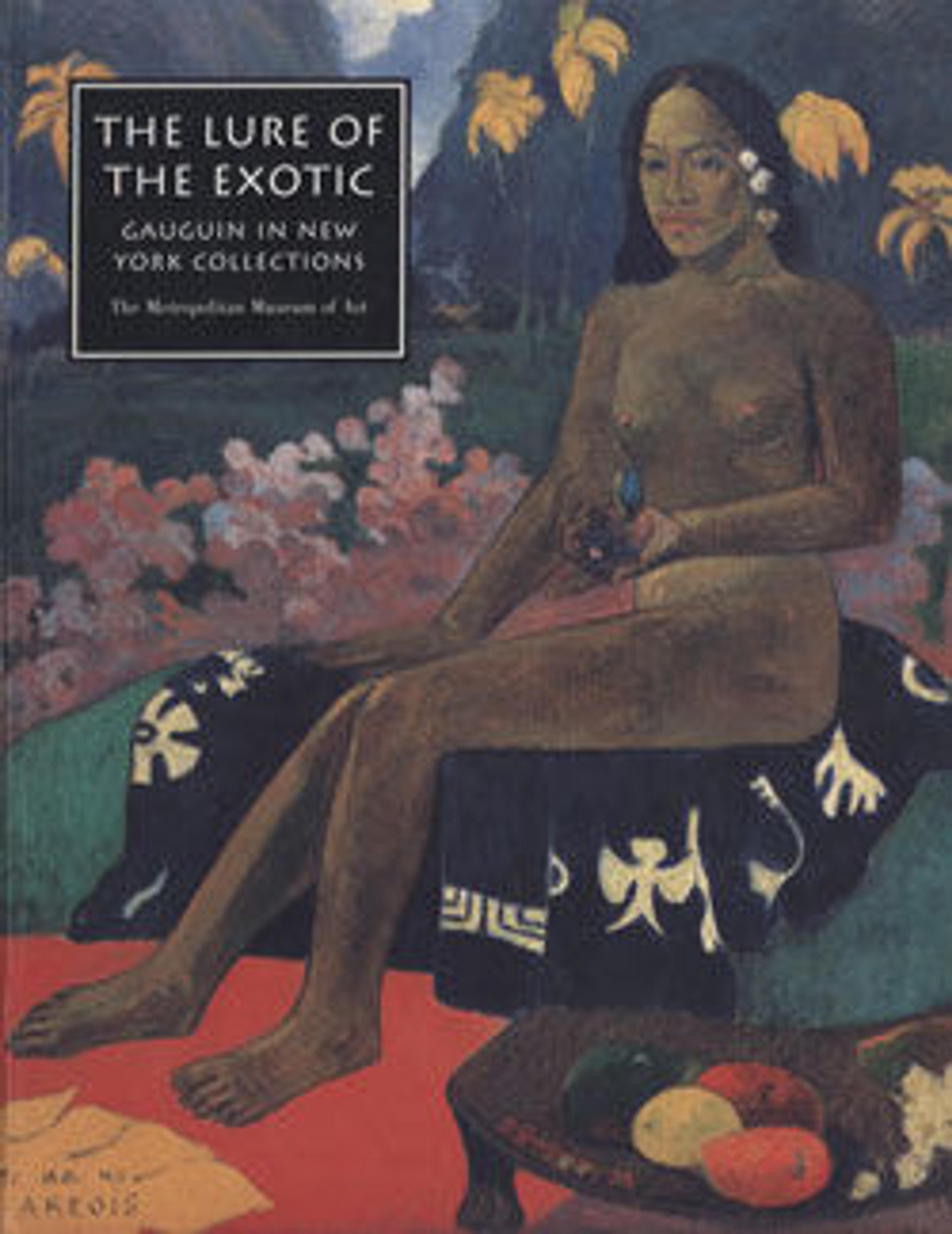Delightful Land
Gauguin spent much of his time in Paris in 1893–94 working on the text and illustrations for Noa Noa (Fragrance). The project began as a narrative to guide an uncomprehending public through Gauguin's personal and artistic perceptions of Tahiti, but ultimately became more complex and mysterious than anything he had produced in the South Seas. The remarkable series of ten woodblock prints that Gauguin designed as illustrations bear little relationship to his romanticized autobiographical text. Nor do they seem to follow any particular sequence. However, the imagery and themes of the prints—love and fear, creation and death, day and night—relate closely to those of Gauguin's Tahitian paintings.
The Noa Noa woodcuts were seen for the first time by a coterie of friends and admirers—including Degas and the critics Julien Leclerq and Charles Morice—at Gauguin's studio exhibition in December 1894. Leclerq and Morice responded enthusiastically. They recognized the crudely carved woodcuts as a "revolution in the art of printmaking," and appreciated them as a "bridge" between the seemingly disparate qualities of Gauguin's paintings and sculpture.
The Noa Noa woodcuts were seen for the first time by a coterie of friends and admirers—including Degas and the critics Julien Leclerq and Charles Morice—at Gauguin's studio exhibition in December 1894. Leclerq and Morice responded enthusiastically. They recognized the crudely carved woodcuts as a "revolution in the art of printmaking," and appreciated them as a "bridge" between the seemingly disparate qualities of Gauguin's paintings and sculpture.
Artwork Details
- Title:Delightful Land
- Series/Portfolio:Noa Noa (suite of ten woodcuts)
- Artist:Paul Gauguin (French, Paris 1848–1903 Atuona, Hiva Oa, Marquesas Islands)
- Date:1893–94
- Medium:Woodcut printed in color on wove paper, lined in silk
- Dimensions:13 3/4 x 8 in. (34.9 x 20.3 cm) block
18 3/4 x 10 11/16 in. (47.6 x 27.2 cm) paper - Classification:Prints
- Credit Line:Harris Brisbane Dick Fund, 1936
- Object Number:36.6.4
- Curatorial Department: Drawings and Prints
More Artwork
Research Resources
The Met provides unparalleled resources for research and welcomes an international community of students and scholars. The Met's Open Access API is where creators and researchers can connect to the The Met collection. Open Access data and public domain images are available for unrestricted commercial and noncommercial use without permission or fee.
To request images under copyright and other restrictions, please use this Image Request form.
Feedback
We continue to research and examine historical and cultural context for objects in The Met collection. If you have comments or questions about this object record, please contact us using the form below. The Museum looks forward to receiving your comments.
